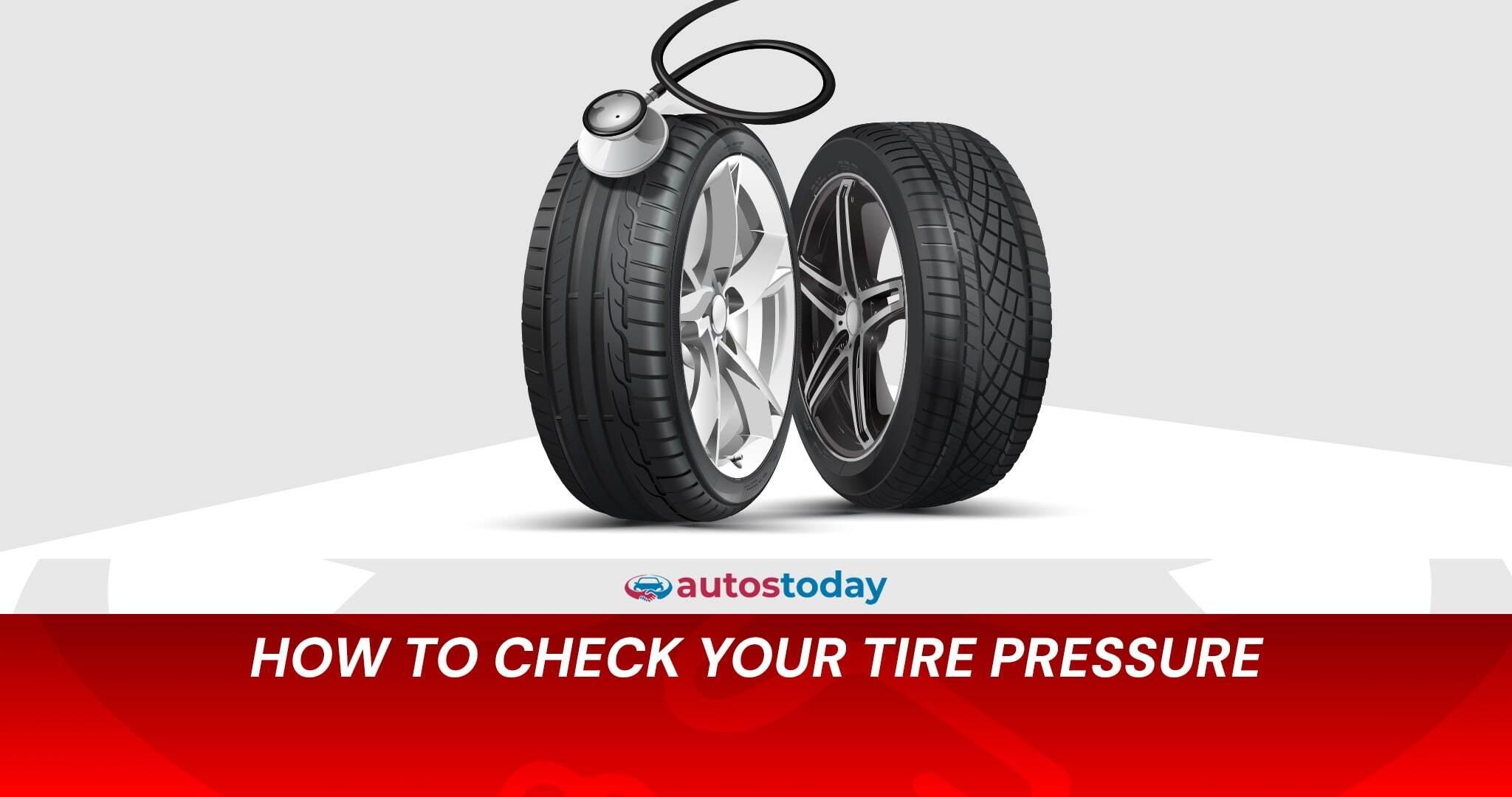How Often Should You Replace Brake Pads and Rotors?
Published on Feb 6, 2025 • 4 min read

Imagine you’re cruising down the highway when suddenly, a car in front of you slams on the brakes. You press your pedal, but instead of a quick stop, your car hesitates, grinding to a slow halt. Worn-out brake pads can turn everyday driving into a dangerous gamble.
Maintaining your vehicle’s braking system is essential for both safety and performance. Knowing when to replace brake pads and rotors helps prevent costly repairs and ensures your vehicle stops efficiently.
While general guidelines suggest replacing brake pads every 30,000 to 70,000 miles and rotors every 50,000 to 70,000 miles, actual wear rates depend on factors such as driving style, road conditions, and component quality. This article covers key indicators for replacement, cost considerations, and maintenance tips to extend the lifespan of your brakes.
What Affects Brake Lifespan?
Not all brakes wear out at the same rate. The way you drive, where you drive, and even the type of brake pads you use can make the difference between a long-lasting braking system and one that fails prematurely. The longevity of your brake pads and rotors depends on several key factors:
Driving Style
Frequent hard braking and rapid acceleration increase wear. Smooth braking extends pad life.
Road Conditions
Stop-and-go traffic, steep inclines, and rough terrain put additional strain on brakes.
Vehicle Weight
Heavier vehicles and those used for towing require more braking force, leading to quicker wear.
Brake Pad Material
Organic pads wear faster than semi-metallic or ceramic options, which last longer but may cost more.
Regular maintenance and mindful driving can significantly extend brake lifespan, reducing the frequency of replacements.
If you're considering a new or used cars, understanding the vehicle marketplace can help you choose a car with a braking system that meets your needs.
When to Replace Brake Pads
Your brakes will warn you when they need attention—you just have to know what to listen and look for. Recognizing the signs of worn brake pads can prevent safety risks and costly repairs. Here are the key indicators that it's time to replace brake pads:
- High-pitched squeaks indicate wear while grinding suggests metal-on-metal contact, requiring immediate replacement.
- If your car takes longer to stop or feels unresponsive, the pads may be too thin.
- Visually inspect the pads; if they are less than a quarter-inch thick, replacement is necessary.
Regular inspections ensure timely replacement, preventing further damage to rotors and maintaining optimal braking performance.
When to Replace Rotors
A close-up of a cracked brake rotor, highlighting the signs of wear that require immediate replacement.
Brake pads aren’t the only component that wears down, your rotors take a beating too. If you notice these warning signs, it’s time to swap them out before they compromise your stopping power. Here are some signs to help you understand when the time is right:
- If the brake pedal shakes when stopping, it may indicate warped rotors.
- Deep grooves, cracks, or uneven wear on the rotor surface require immediate replacement.
- If braking feels less effective, worn rotors may be the cause.
Ignoring rotor wear can lead to brake failure and costly repairs, so regular inspections are essential.
Cost Estimates for Replacement
Brake repairs don’t have to break the bank, but ignoring worn-out pads and rotors will. Here’s what you can expect to pay for replacements and how to avoid spending more than necessary.
Replacing brake pads and rotors varies in cost depending on your vehicle type and the quality of components:
- Brake pads typically go for $100 to $300 per axle, including parts and labor.
- Rotors generally cost $200 to $400 per axle for replacement.
Factors that affect costs include material quality, labor rates, and vehicle specifications. High-performance components may cost more but offer better durability and braking efficiency.
When buying a used vehicle, it's essential to inspect the brake system to avoid costly repairs later.
Tips for Prolonging Brake Life
Brake pads don’t last forever, but your driving habits can make a big difference in how long they last. A few simple adjustments can help you avoid premature wear and costly replacements.
If you just drive smoothly, avoiding sudden braking and rapid acceleration, you’ll reduce unnecessary wear. Choosing quality parts and investing in high-performance brake pads and rotors will give you longer durability. Scheduling regular inspections and having your brakes checked every six months will help catch issues early.
With consistent maintenance, you’ll extend the life of your brakes, improve stopping performance, and avoid expensive repairs down the road.
DIY Brake Pad Replacement vs. Professional Service
A mechanic installing a brake caliper on a vehicle, demonstrating essential brake maintenance.
DIY Replacement
If you have moderate mechanical skills, you can replace brake pads yourself. Here’s what you need to have:
- Basic automotive knowledge and comfort with tools.
- Tools like a jack, jack stands, lug wrench, socket set, and brake caliper tool.
Key Steps
- Lift the vehicle
- Remove the wheel
- Replace the pads
- Reassemble the brake components.
When to Consult a Mechanic
If you lack the tools, time, or experience, professional service is the safer option. Mechanics can also diagnose additional brake issues beyond just worn pads.
Safety Risks of Delaying Brake Pad Replacement
Worn brake pads aren’t just a minor inconvenience, they’re a serious safety hazard. Driving on bad brakes puts you, your passengers, and everyone else on the road at risk. As the pads wear down, they lose friction, making it harder to stop quickly. If they get too thin, the rotors are exposed to direct contact, which can cause warping and lead to expensive repairs. Delaying maintenance often means replacing both pads and rotors, doubling the cost. Worse, reduced braking efficiency increases the risk of accidents, especially in emergencies.
Routine inspections and timely replacements help prevent these issues, keeping your vehicle safe and your repair costs under control.
Keeping Your Brakes in Top Shape

Good brakes don’t just happen, they’re the result of smart maintenance, careful driving, and knowing when it’s time for a replacement. A little effort now can save you a lot of trouble (and money) later. Understanding when to replace brake pads and rotors is essential for vehicle safety and long-term cost savings. Regular inspections, smooth driving habits, and investing in quality parts can significantly extend brake life.
If you notice squeaking, reduced braking efficiency, or vibrations, don’t delay—early replacement prevents costly rotor damage and ensures reliable stopping power. Whether you choose a DIY approach or professional service, staying proactive about brake maintenance keeps you safer on the road.
Frequently asked questions
How do I know when to replace brake pads?
If you hear squeaking or grinding, notice reduced braking efficiency, or see that the pads are less than a quarter-inch thick, it’s time for a replacement.
How often should brake pads be replaced?
Most brake pads last between 30,000 and 70,000 miles, but the lifespan varies depending on driving habits, road conditions, and pad material.
Do I need to replace rotors when replacing brake pads?
Not always, but if the rotors are warped, deeply grooved, or too thin, they should be replaced to ensure smooth braking.
Can I replace brake pads myself?
Yes, if you have basic mechanical skills and the right tools. However, if you’re unsure or lack experience, it’s safer to have a professional handle the replacement.
What happens if I don’t replace brake pads on time?
Worn pads can damage the rotors, reduce braking power, increase stopping distances, and lead to costly repairs—or even accidents.
Are expensive brake pads worth it?
Higher-quality pads, like ceramic or semi-metallic options, last longer and provide better braking performance. While they cost more upfront, they can save money in the long run by reducing wear on other brake components.
How can I make my brake pads last longer?
Avoid sudden braking, drive smoothly, invest in quality brake components, and get regular brake inspections to catch wear early.
Related Articles

Car Maintenance Guide: Everything You Need to Know
Maintaining your vehicle is essential for its longevity, safety, and performance...
Sep 26, 2024 • 5 min read

How Long Do Car Batteries Last? Everything You Need to Know
side. A dead car battery is one of the most common reasons for cars...
Feb 6, 2025 • 5 min read

How to Check Your Tire Pressure
Did you know that nearly 50% of vehicles on the road have at least one under-inflated tire?
Oct 3, 2024 • 5 min read

Common Problems With Traction Control
Did you know that nearly 70% of modern vehicles come equipped with traction control systems (TCS)? This technology...
Oct 10, 2024 • 5 min read